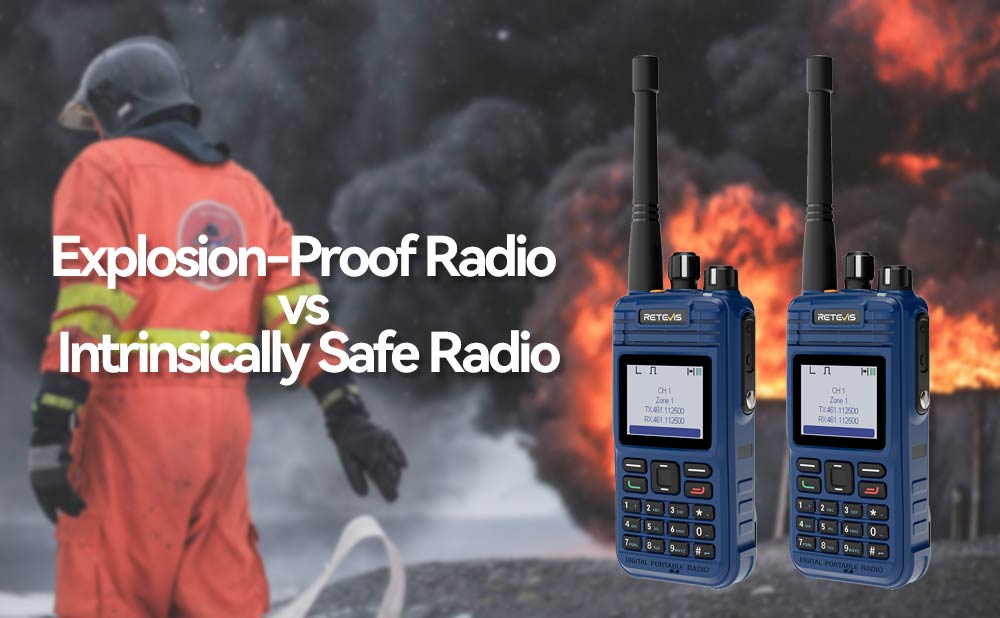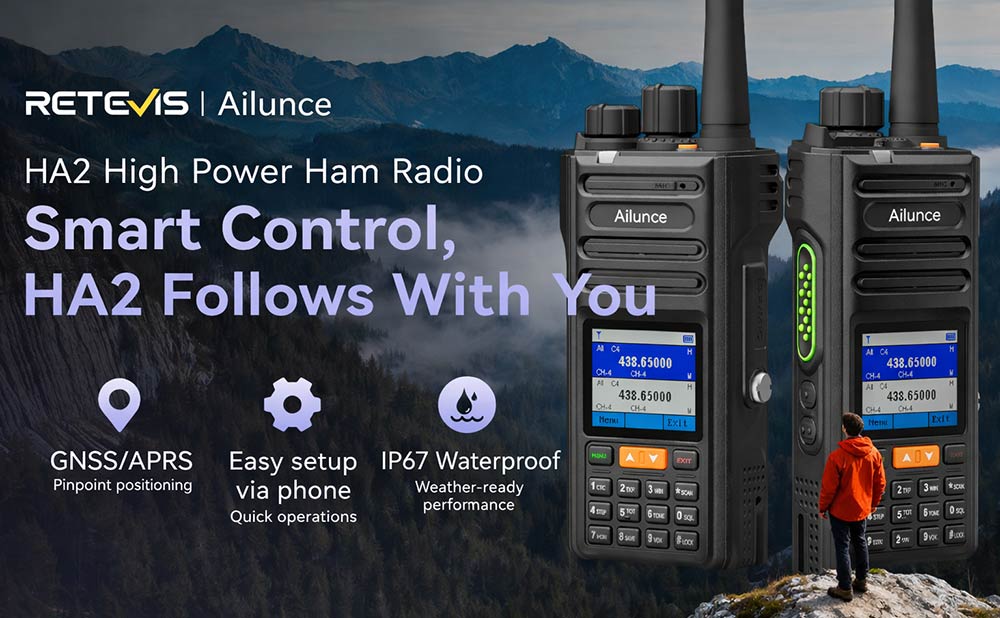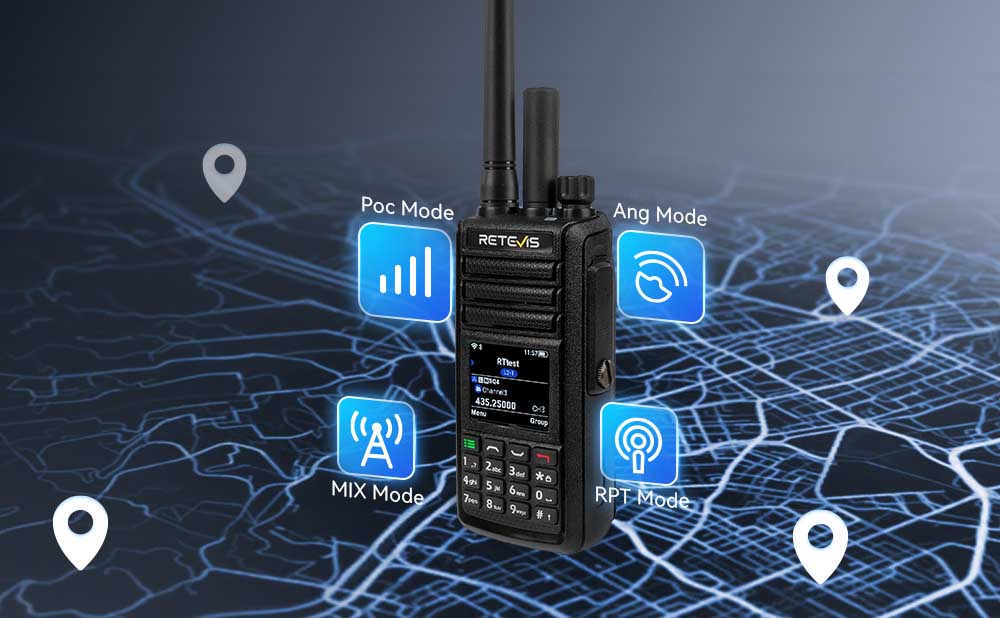Table of Contents
Explosion-Proof Radio vs Intrinsically Safe Radio – What’s the Difference?
- Posted by:Lucky
- 0 Comments

Understanding Hazardous Communication Equipment
When your workplace involves flammable gases, combustible dust, or explosive vapors, standard radios are not enough. In fact, the wrong choice of communication gear could trigger the very accident you’re trying to avoid.
That’s why hazardous area communication equipment exists — specifically designed for environments where one spark, one overheated circuit, or one electrical arc could cause an explosion or fire.
Industries that rely on ATEX certified radios include:
● Plastic manufacturing (especially resin handling areas)
● Oil & gas facilities
● Mining operations
● Chemical plants
● Grain processing and storage
● Emergency services in hazardous zones
In these industries, you’ll often come across two terms — explosion-proof two-way radios and intrinsically safe radios. While they share a safety focus, the way they achieve it is completely different.
What is an Explosion-Proof Radio?
Definition & Safety Standards
An explosion-proof radio is built to ensure that if an internal spark, flame, or heat spike occurs, it stays contained inside the device. The casing acts as a shield, keeping dangerous ignition sources from reaching the surrounding atmosphere.
These devices often carry ATEX or IECEx certifications and are a staple in industrial-grade factory safety communication devices.
How it Works
Explosion-proof radios are engineered with:
● Sealed enclosures to block gases, dust, and vapors
● Heat-resistant materials that prevent the device’s exterior from igniting flammable substances
● Reinforced gaskets to contain any internal combustion
When to Choose an Explosion-Proof Two-Way Radio
Choose this type when:
● You work in environments with intermittent but severe explosion risks
● Your team needs maximum physical protection against impacts, dust, and water
● You need rugged radios for high-impact zones where durability matters as much as safety
What is an Intrinsically Safe Radio?
Definition & Safety Certification
An intrinsically safe radio is designed so that dangerous ignition conditions can’t occur in the first place. It limits electrical and thermal energy to levels too low to ignite flammable gases or dust.
These radios also carry ATEX certified or FM-approved status, making them trusted tools for continuous work inside hazardous areas.
How it Works
Intrinsically safe radios achieve safety by:
● Using low-voltage circuitry to eliminate sparks
● Controlling heat output to stay well below ignition temperatures
● Installing protective circuit barriers to limit fault energy
When to Choose Intrinsically Safe Radios
They’re the go-to option if:
● Workers operate inside hazardous atmospheres daily
● You want lightweight hazardous area communication equipment
● You need absolute prevention rather than containment of ignition
Key Differences – Explosion-Proof vs Intrinsically Safe
|
Feature |
Explosion-Proof Two-Way Radio |
Intrinsically Safe Radio |
|
Ignition Control |
Contains internal explosions |
Prevents ignition entirely |
|
Weight & Size |
Heavier, bulkier |
Lighter, more compact |
|
Best Use Case |
Harsh, high-impact, dusty zones |
Constant exposure to hazardous atmospheres |
|
Durability |
Extremely rugged housing |
Rugged but lighter build |
|
Certifications |
ATEX, IECEx, FM |
ATEX, IECEx, FM |
Retevis Safety Radios – Real-World Examples
Let’s match each safety approach with a real product from Retevis, a trusted name in factory safety communication devices.
Retevis Mate Talk E2 – Intrinsically Safe DMR Portable Radio
This intrinsically safe radio is designed for workers who spend most of their shift in hazardous environments.
Highlights:
● Fully certified intrinsically safe for hazardous areas
● Dual-mode: Digital (DMR) and Analog
● Crystal-clear sound for noisy industrial floors
● Lightweight and ergonomic for all-day wear
● Long battery life for extended shifts
🔗 View product: Retevis Mate Talk E2
Retevis E2 Explosion-Proof Radio
When durability is as critical as safety, the Retevis E2 explosion-proof two-way radio delivers.
Highlights:
● Explosion-proof housing for maximum containment
● Dustproof, anti-static, and impact-resistant
● High-volume speaker to cut through industrial noise
● Certified for high-risk, explosion-prone work zones
🔗 View product: Retevis E2 Explosion-Proof Radio
Choosing the Right Safety Radio for Your Workplace
When deciding between intrinsically safe radios and explosion-proof two-way radios, consider:
1. Hazard Type – Continuous flammable exposure? Go intrinsically safe. Extreme but occasional risks? Choose explosion-proof.
2. Durability Needs – Heavy abuse? Explosion-proof housings excel.
3. Certifications Required – Always verify ATEX or IECEx compliance.
4. Worker Comfort – Lightweight designs are better for long shifts.
Final Take – The Safe Choice Matters
In hazardous workplaces, your radio is more than a tool — it’s part of your safety shield.
● Explosion-proof two-way radios protect the outside from any internal ignition.
● Intrinsically safe radios prevent ignition from happening at all.
If your team needs lightweight, ATEX certified radios for all-day hazardous area work, the Retevis Mate Talk E2 is a clear winner.
If you need rugged, explosion-proof communication gear that can survive extreme conditions, the Retevis E2 Explosion-Proof Radio is your best bet.
Either way, choosing the right factory safety communication device isn’t just about productivity — it’s about protecting lives.






Comments
No data Yet